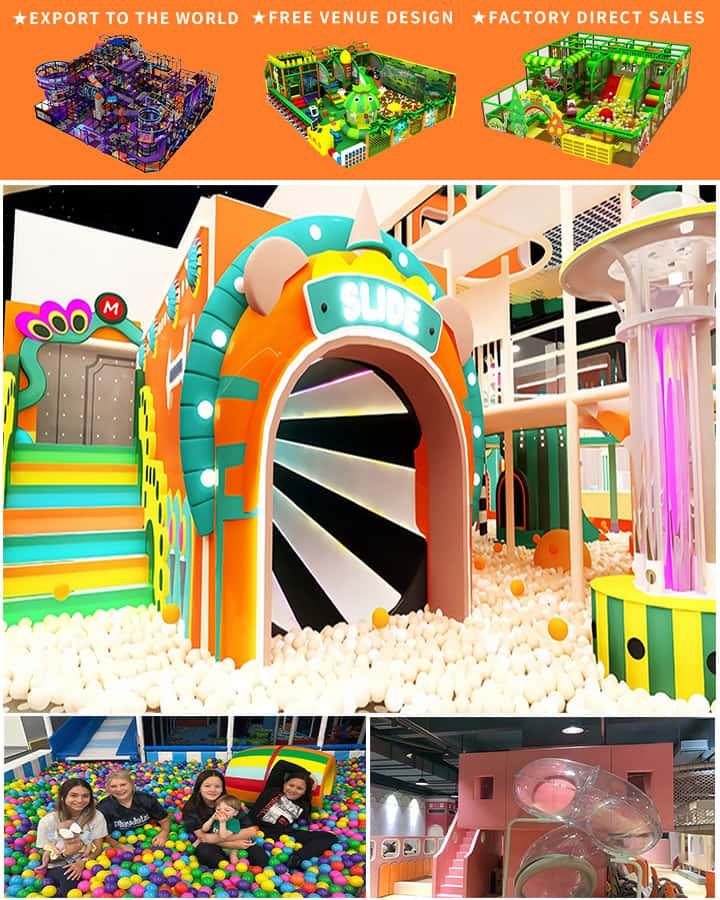Creating a playground that is accessible and enjoyable for all children, including those with disabilities, is essential in fostering an inclusive environment. Traditional playground equipment often poses challenges for children with disabilities, limiting their ability to play and socialize freely. However, with thoughtful design and innovative solutions, playgrounds can be transformed into spaces where every child feels welcome and engaged. Here’s how we can make playground equipment more accessible for children with disabilities.
The Importance of Inclusive Playgrounds
An inclusive playground is more than just a space filled with swings and slides; it represents equality, community, and the recognition that every child deserves the opportunity to play. Play is fundamental to a child’s development, helping them build physical skills, develop social interactions, and stimulate cognitive and emotional growth. When children with disabilities are included in these activities, the benefits extend to all participants, promoting understanding, empathy, and a sense of belonging.
Features of Inclusive Playground Equipment
Wheelchair-Accessible Structures: One of the primary considerations for inclusive playground equipment is ensuring that structures are accessible to children who use wheelchairs. This includes ramps instead of stairs, transfer platforms for moving from a wheelchair to a swing or slide, and surfacing materials that are easy to navigate with a wheelchair.

Adaptive Swings: Traditional swings often exclude children who cannot walk or have difficulty sitting upright. Adaptive swings, such as bucket seats, full-body harnesses, and supportive backrests ensure that children of varying abilities can enjoy the simple joy of swinging. These adaptations provide necessary support while allowing children to experience the thrill of movement.
Sensory-Rich Equipment: For children with sensory processing disorders, standard playground equipment may be overwhelming. Sensory-rich features like musical instruments, tactile sculptures, and interactive panels offer alternative forms of engagement that cater to different sensory needs. These elements not only attract children with sensory sensitivities but also enhance the overall play experience for all users.
Soft Surfacing: Safety is paramount in any playground, particularly when considering children with mobility impairments who are more prone to falls. Soft surfacing materials such as rubberized mulch, wet pour rubber, or synthetic turf provide cushioned landings, reducing the risk of injury.
Inclusive Carousels and Merry-Go-Rounds: These classic rides can be made inclusive by ensuring they have enough space for wheelchairs and that they operate at variable speeds to accommodate children with different levels of physical and vestibular sensitivity.
Interactive Play Elements: Incorporating elements like electronic games, touchscreen panels, and interactive storytelling installations ensures that cognitively engaged play is available. These features can captivate children with intellectual or developmental disabilities, offering both fun and educational value.
Benefits Beyond Inclusivity
While the primary goal of inclusive playground equipment is accessibility, the benefits extend well beyond accommodating children with disabilities:
- Social Integration: Inclusive playgrounds encourage interaction between children with and without disabilities, fostering friendships and mutual understanding from an early age.
- Physical Health: Adaptive playground equipment allows children with disabilities to engage in physical activity, which is crucial for their overall health and well-being.
- Emotional Well-being: The freedom to explore and play in a safe, accepting environment boosts self-confidence and reduces feelings of isolation among children with disabilities.
Conclusion
Creating playground equipment that accommodates children with disabilities is a vital step towards building a more inclusive society. By incorporating adaptive designs, sensory-rich features, and safety measures, we can ensure that every child has the opportunity to experience the joys of play without limitations. An inclusive playground is a symbol of community spirit and a place where diversity is celebrated, making the world a little brighter for all its young inhabitants.




